- Home /
- Properties/Zannier Hotels Bãi San Hô/
- The Story Behind Vietnamese Costumes
The Story Behind Vietnamese Costumes
Posted on by ZannierHotels
In many societies, clothing is perceived as the embodiment of one’s status, way of living and wealth. Vietnam’s fascinating history can be understood through fashion and the way each era, region and community dresses. Considered a multi-ethnic country, Vietnam recognises more than 54 indigenous ethnic groups, of which 53 are minorities. As a cradle of culture and tradition, Zannier Bãi San Hô celebrates Vietnam’s heritage by displaying Vietnamese Objets d’Art and traditional objects throughout the resort as well as the traditional clothes worn by our friendly staff. For example, the uniforms worn at the beach are inspired by the Red and Black Hmong communities, which you can read more about below.
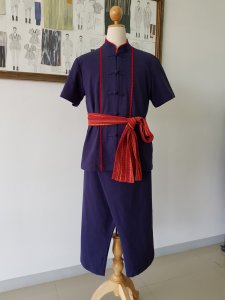
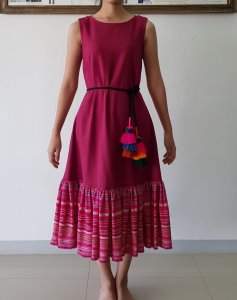
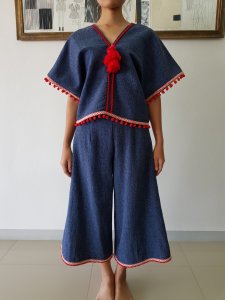
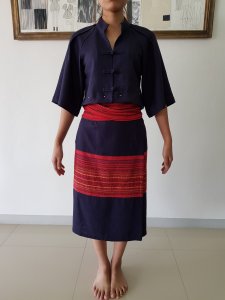
The Hmong Communities
For approximately eight thousand years, the ethnic group of the Hmong has lived in the mountains of Southern China, holding onto their thousand-year-old traditions and distinguishing themselves from the Chinese population and culture. In the 18th century, conflicts started between the Hmong communities and the Han settlers who wanted to take back their land and unify China. To protect their heritage, some Hmong people fled to Laos, Thailand, Vietnam and Myanmar. In Vietnam, the Hmong are to this day the largest ethnic minority with 900,000 people residing primarily in the mountains.
With everything conducted by word of mouth, the history of the Hmong is quite difficult to trace, hence it lives on through legends, rituals and of course the traditional clothing. Hmong groups are often named after the dominant colours or patterns of their traditional outfits, the style of head-dresses they were, the provinces they are from or the dialect they speak. Dozens of Hmong communities can be identified, for example the Flower Hmong (Hmong Lenh), Black Hmong (Hmong Dub), Red Hmong (Hmong Do), Striped Hmong (Hmoob Txaij) and many more. The diversity of textiles and embroidery work is a delight to the eye, with clashing colour combinations and a fusion between traditional craftsmanship and modern materials. Today, those mesmerising clothes are still worn every day as well as during traditional ceremonies, rituals and prayers.
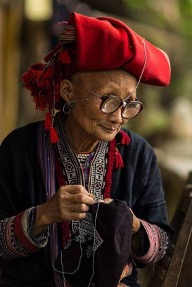
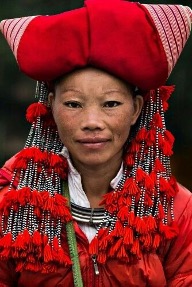
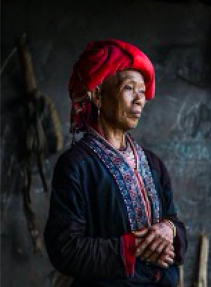
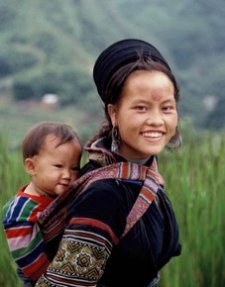
The Lolo Communities
Having arrived 400 years ago from China, the Lolo ethnic group lives in the North of Vietnam, in the region of Bao Lac. With more than 5,000 people, they are comprised three groups: the Flower Lolo of Meo Vac, the Lolo Noir of Bao Bac and the Red Lolo of Lung Cu. Each Lolo community follows similar traditions but have different clothes and costumes to wear during traditional festivities.
Their outfits consist of many intricate layers including trousers, skirts, leg warmers, wrap skirts, belts and tassels, collared shirts, very long sleeved tops, turban head scarfs and jewellery. All pieces of the traditional outfits are beautifully decorated with different textile techniques, embroideries, buttons, bells and ribbons. Creating one costume can take up to a year for the Flower Lolo group, whose costume is made of 4,000 handmade small triangles. The Lolo wear their traditional costumes only on special occasions a few times per year and keep the secret of their traditions to themselves.
For the creation of our uniforms at Zannier Bãi San, we drew inspiration from the Lolo community by integrating embroidered patterns on the sleeves which are similar to their traditional costumes.
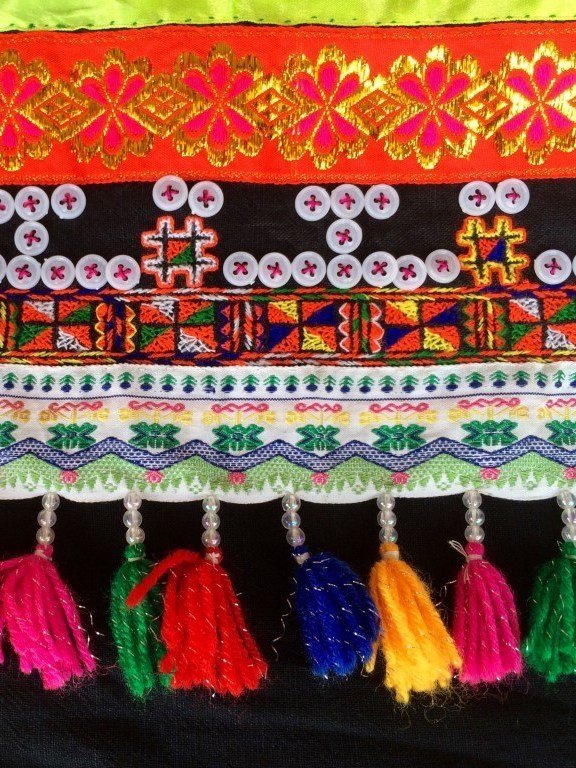

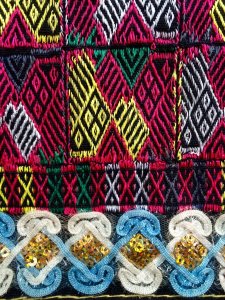
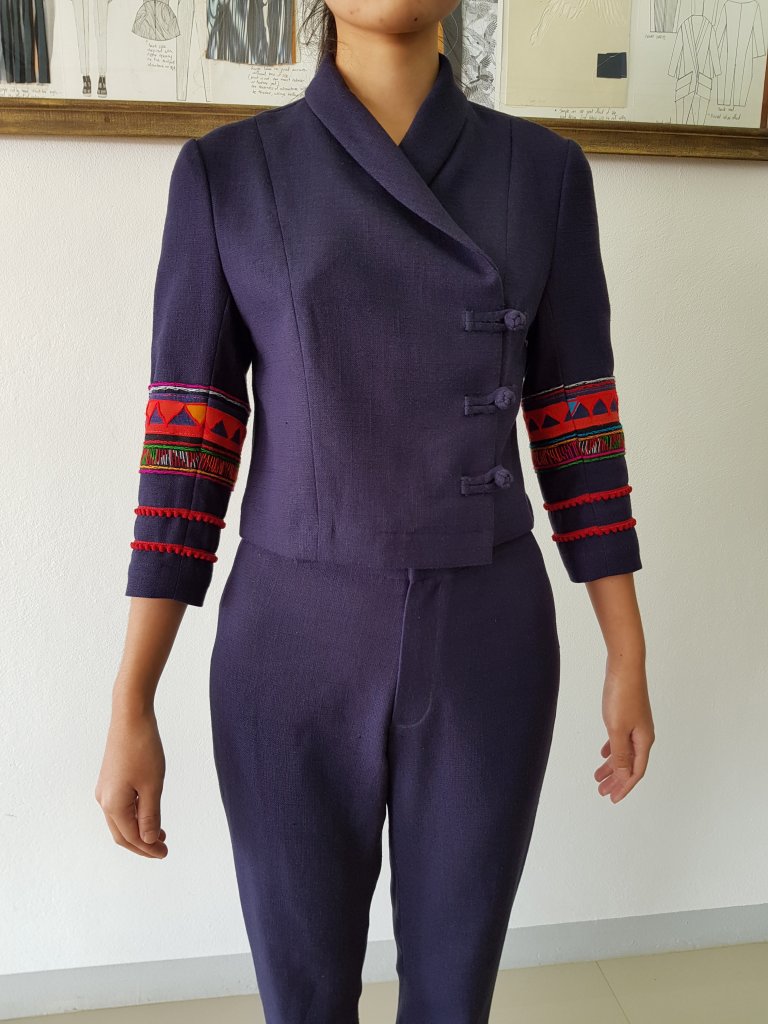
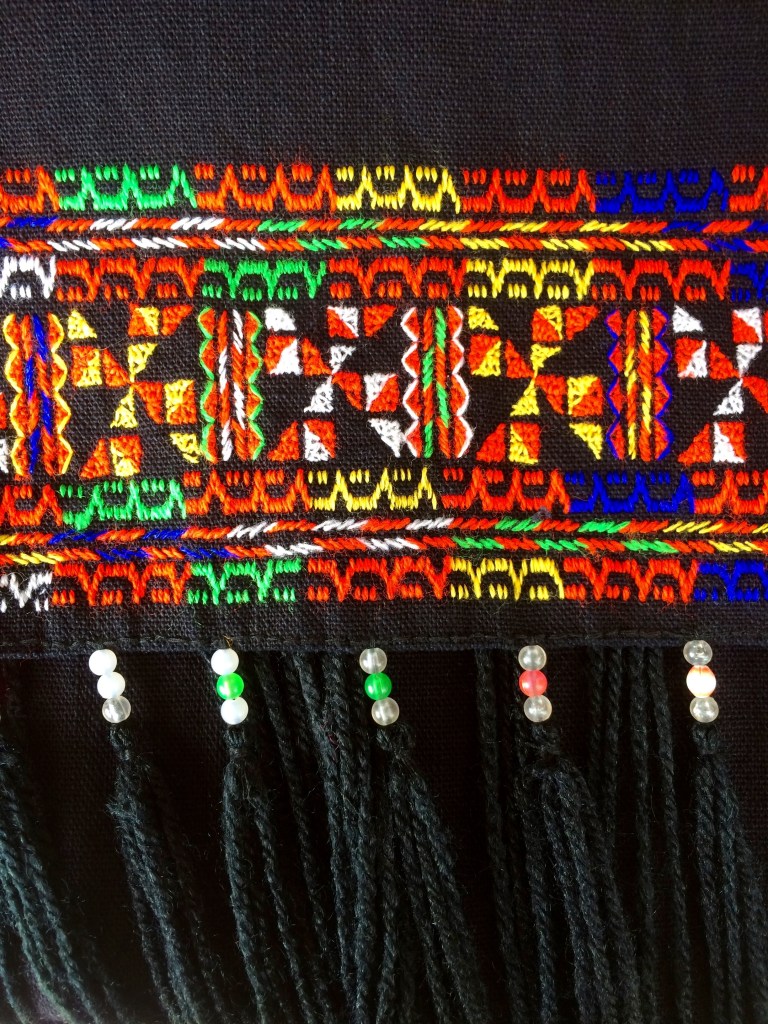
The Ao Dai, a modern take on traditional clothing
Everyone knows the Ao Dai, but few know the history behind this famous Vietnamese attire. The first version of the Ao Dai dates back to 1744, when Lord Vu Vuong of the Nguyen Dynasty decided that both women and men should wear an ensemble of trousers and a loose gown at court. The garment borrowed the style of clothing worn by the Cham, the original inhabitants of the land whose country of Champa (now known as Central Vietnam) had been invaded and conquered by the Vietnamese communities. Therefore, wearing the Ao Dai was Lord Nguyen’s way to show his respect to the Cham’s culture and to win over their support. Nowadays, the 150,000 Cham people living along the coast still wear this traditional outfit. Each Ao Dai’ colour is indicative of the wearer’s age and status. Young girls wear pure white outfits to symbolise their purity. Older but unmarried girls move into soft pastel shades. The famous colourful and flower printed Ao Dai is reserved for married women only, usually worn over white or black pants.
Over the years, the Ao Dai has undergone a fashion evolution, reflecting the era, economic situation, state of mind and social status evolution of its population. Today, the Ao Dai has become more than the Vietnamese woman’s choice of fashion; it is a symbol of the Vietnamese feminine beauty, but also a symbol of the Vietnamese adaptability and cultural metamorphosis through the centuries.
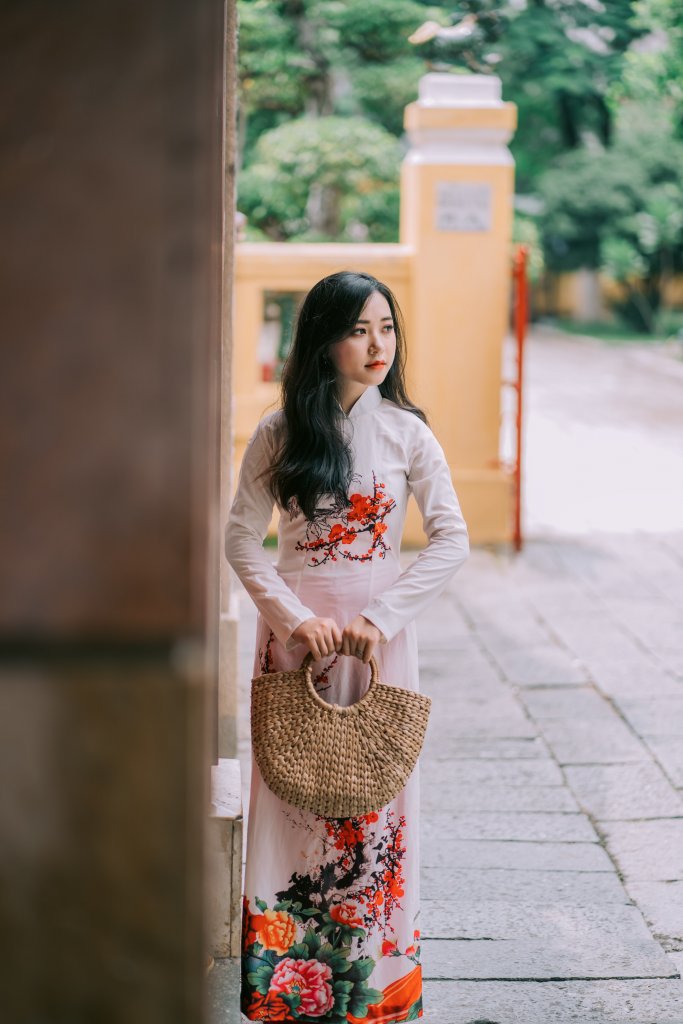
Should you want to know more about Zannier Bãi San Hô, feel free to get in touch with us and contact Quentin GUIRAUD, Public Relations and Communications Manager at qguiraud@zannier.com / +32 472 05 57 19.